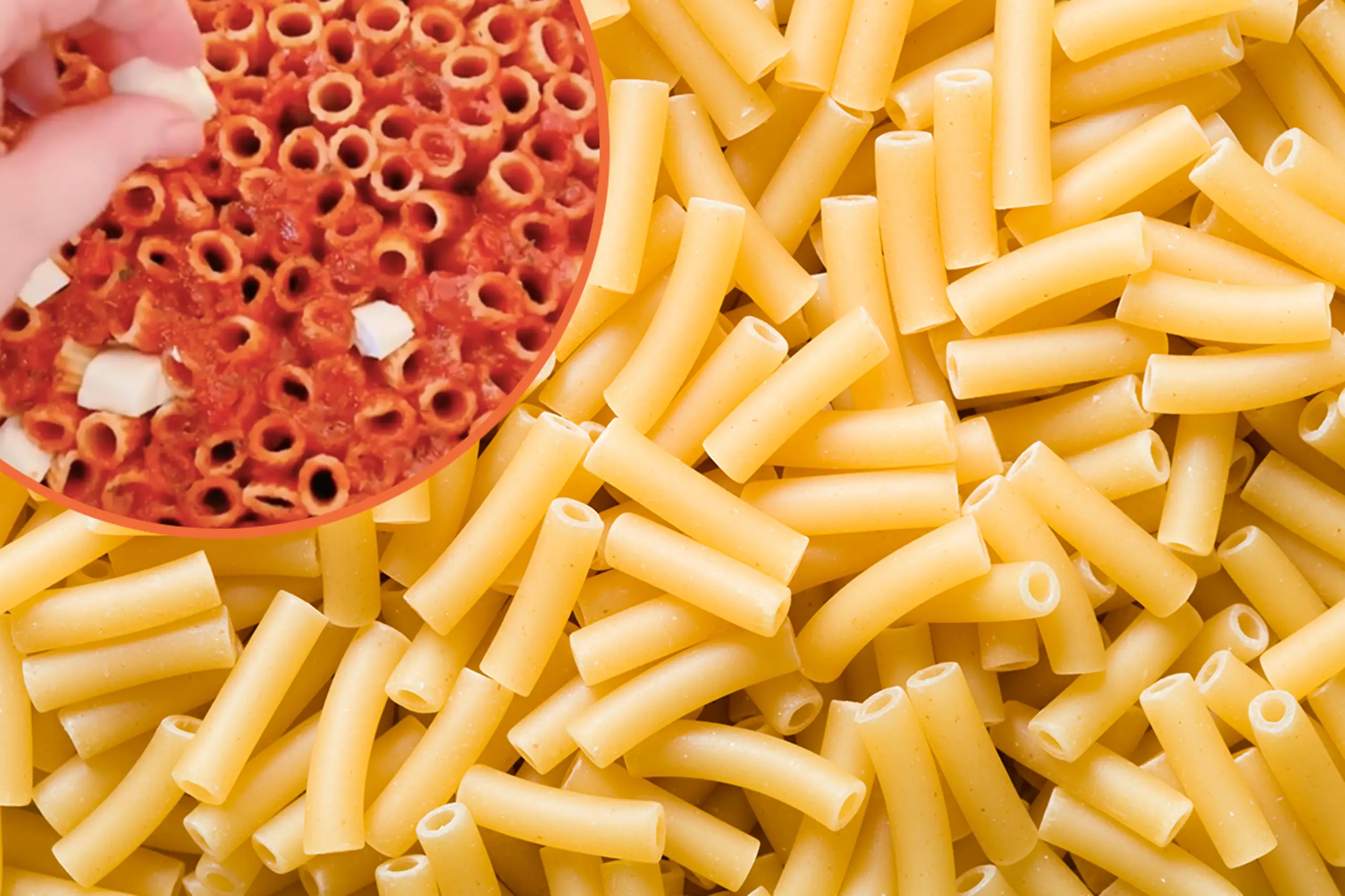Pasta
Is pasta healthy? 8 surprising health benefits of our favourite comfort food
02 Jun 2021
4m
Establishing is pasta healthy or not is much less straightforward than it seems.
Like all things that are absolutely delicious, there is a limit to how much pasta should feature in a balanced diet. However, that doesn’t mean that noodles, ravioli and everything in between are automatically disastrous from a health point of view.
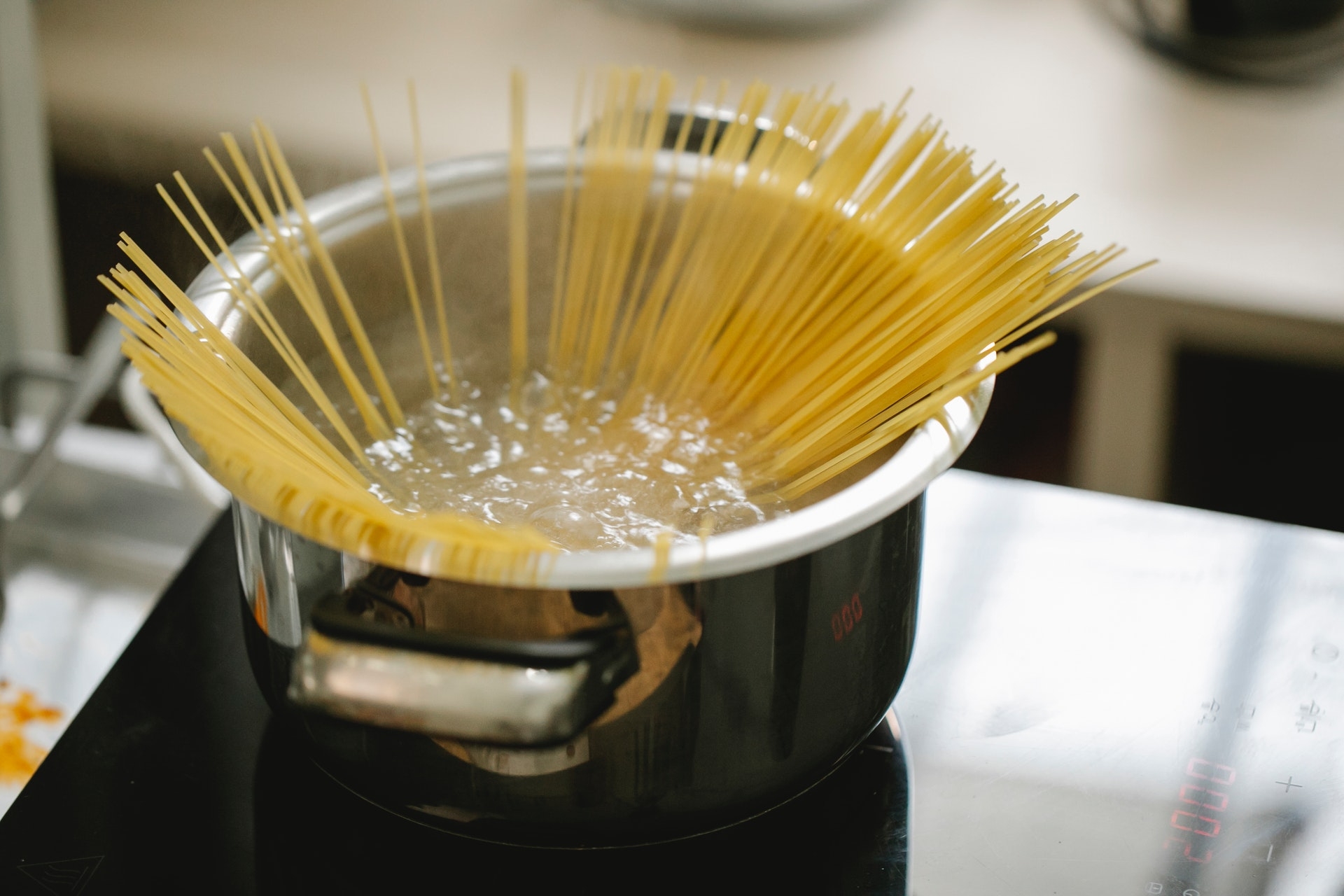 Many people don’t know how to answer “is pasta healthy?” (Credit: Pexels)
Many people don’t know how to answer “is pasta healthy?” (Credit: Pexels)
Is pasta healthy?
Despite arguably being the king of the carb food group, pasta can indeed be healthy when eaten in moderation..
In fact, alongside its status as a building block for comfort food classics, pasta is a crucial component in a balanced diet. You just have to appreciate exactly what it’s bringing to the table.
READ MORE: We tried the TikTok baked feta pasta recipe to see if it’s as good as everyone says
To finally put to bed any concerns about pasta’s unhealthiness, here are some surprising benefits to eating pasta.
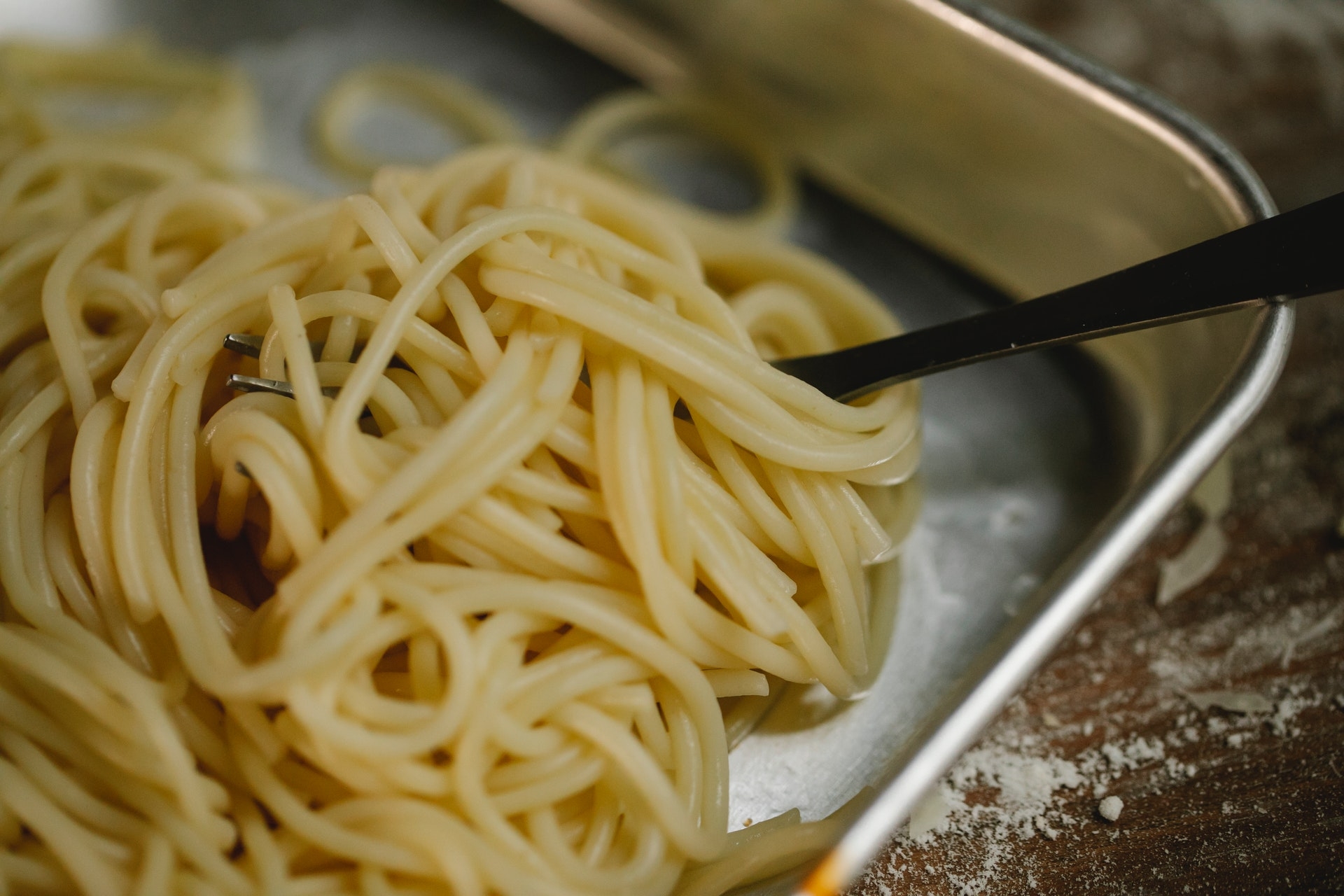 Carbohydrates are crucial sources of energy (Credit: Pexels)
Carbohydrates are crucial sources of energy (Credit: Pexels)
1. Carbohydrates
Even though they’re much-maligned in dieting circles, carbohydrates are crucial in any diet. Alongside fat, carbohydrates are a crucial source of energy, providing you with a slow-release throughout the day.
Unlike sugars, which typically deliver a quick spike before a sharp drop-off, carbs can keep you energised for longer. This is why pasta has long been a go-to in sporting circles.
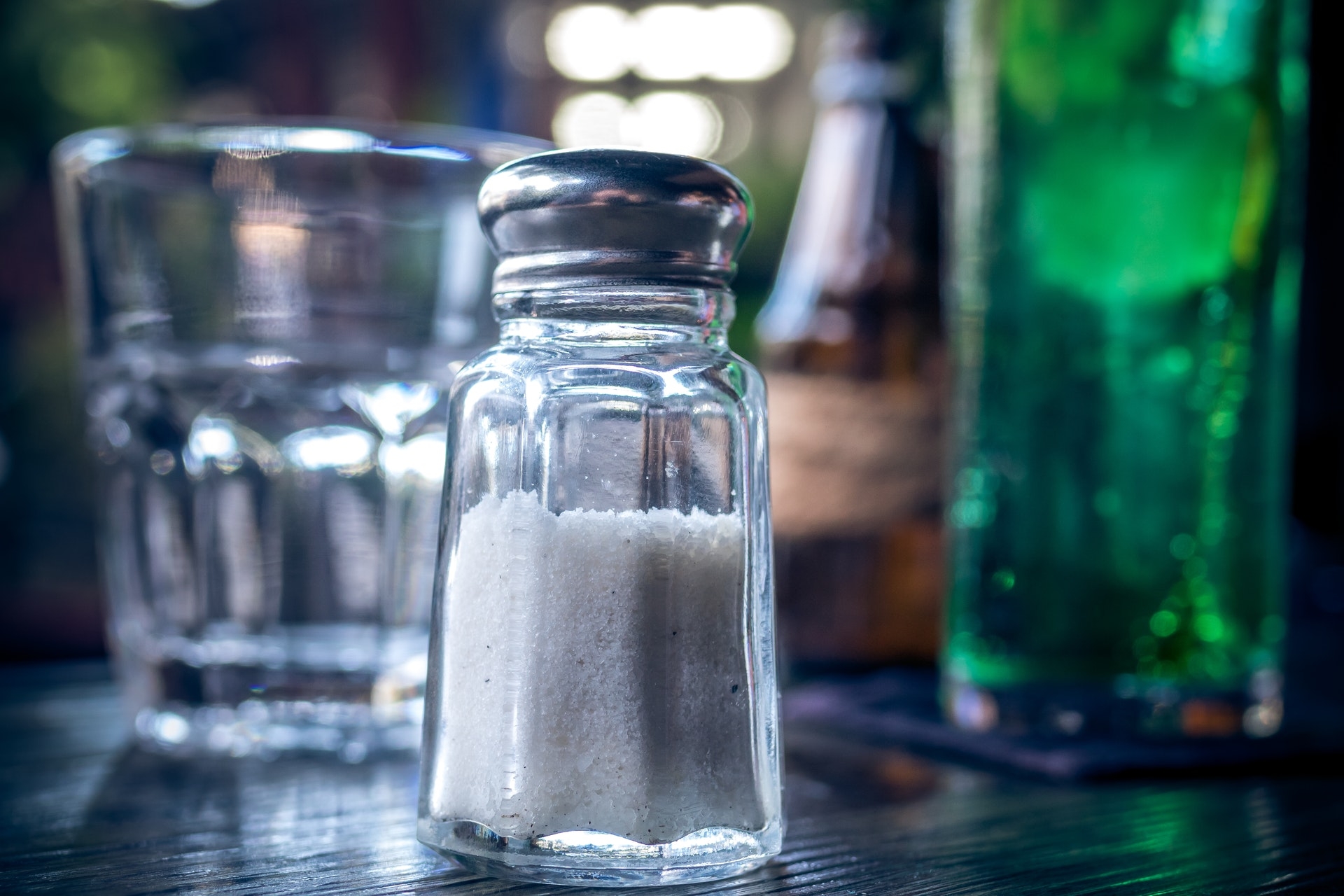 Excluding sauces, pasta is actually very low in salt (Credit: Pexels)
Excluding sauces, pasta is actually very low in salt (Credit: Pexels)
2. Low in salt
Pasta itself is actually an incredibly simple food. Essentially, it involves a mixture of eggs and flour, with a few added extras sprinkled in.
This simplicity means that pasta itself is actually extremely low in salt – an excess of which can lead to other health complications. Although adding sauce can quickly compromise this benefit, the basic building blocks are nonetheless a good place to start.
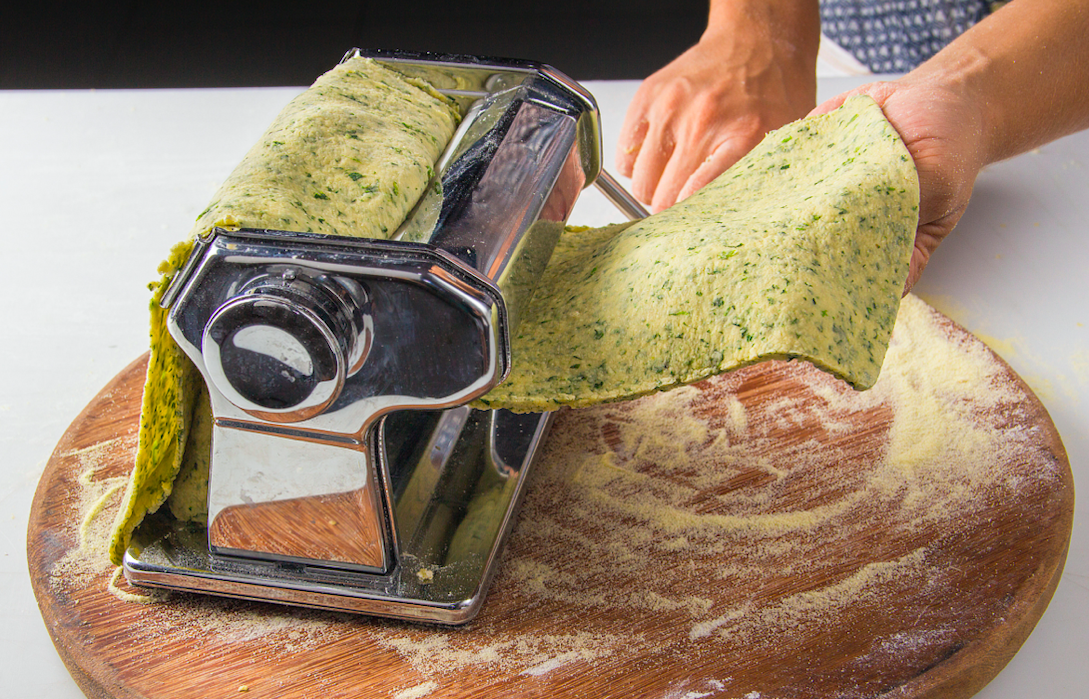 Fresh pasta is comparatively low in fat (Credit: Alamy/RooM The Agency)
Fresh pasta is comparatively low in fat (Credit: Alamy/RooM The Agency)
3. Low in fat
Similarly to the salt situation, pasta’s basic formula means that it’s actually really low in fat. However, things can quickly become more complicated as soon as sauce and cheese enter the equation.
While olive oil and parmesan are pretty fatty, it’s still perfectly possible to enjoy a low-effort, low-fat pasta dish. For instance, tomato sauces such as marinara can keep your meal pretty low fat, provided you adjust your ingredients.
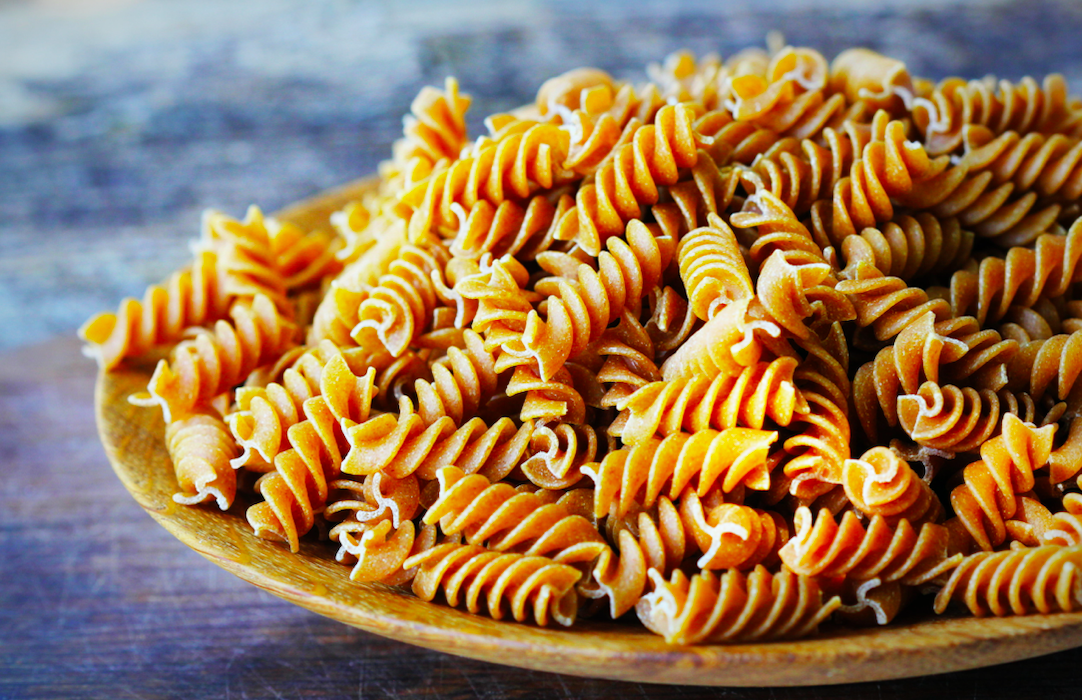 Whole wheat pasta is a great source of fibre (Credit: Alamy/Virginija Vaidakavičienė)
Whole wheat pasta is a great source of fibre (Credit: Alamy/Virginija Vaidakavičienė)
4. Fibre
Because pasta is derived from flour and wheat, it is actually a relatively good source of fibre. For example, according to the US Department of Agriculture, just one cup of cooked white pasta provides 2.5 grams of fibre. That’s around 10% of your daily recommended intake.
READ MORE: Everything you need to know about scialatielli pasta
Fibre is crucial for aiding digestion. There is also evidence to suggest, according to the NHS that fibre can reduce the risk of heart disease, strokes and diabetes.
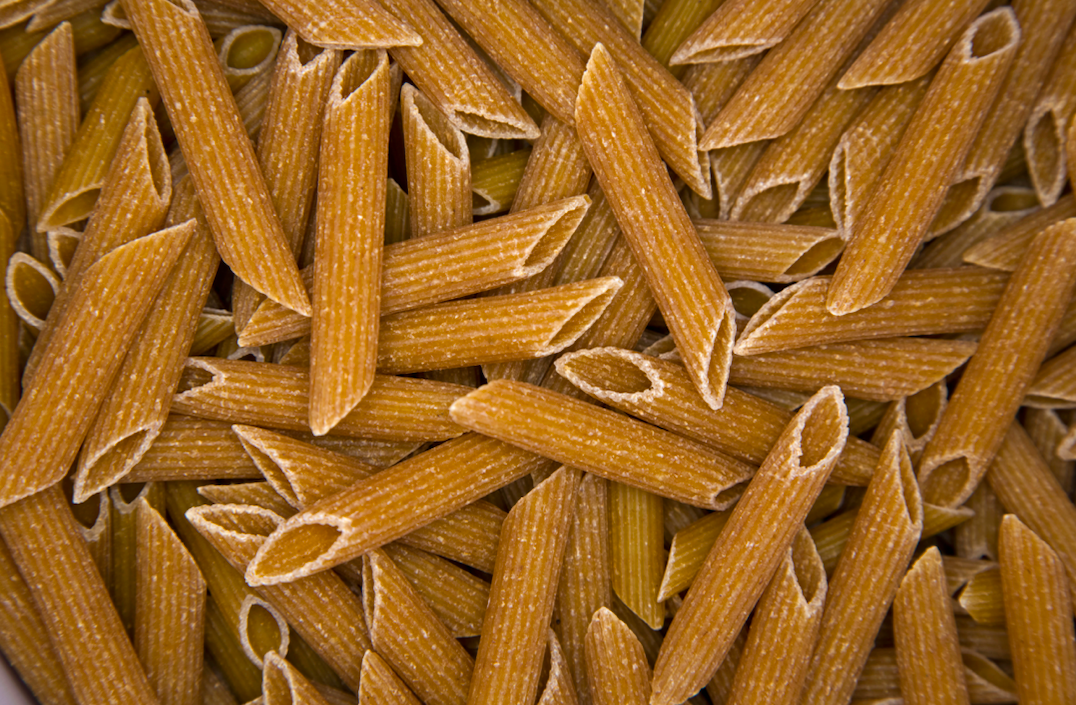 Whole wheat pasta has several health benefits (Credit: Alamy/Steve Stock)
Whole wheat pasta has several health benefits (Credit: Alamy/Steve Stock)
5. Whole-grain
Many of pasta’s health benefits improve enormously if you opt for whole-grain varieties. Unlike white pasta, whole grain shapes include all the nutrients associated with wheat germ.
Whole-grain pasta is typically much higher in fibre and contains more nutrients than other varieties. If you’re looking for an easy shortcut to boosting your pasta’s health credentials, switching to whole-grain is a great option.
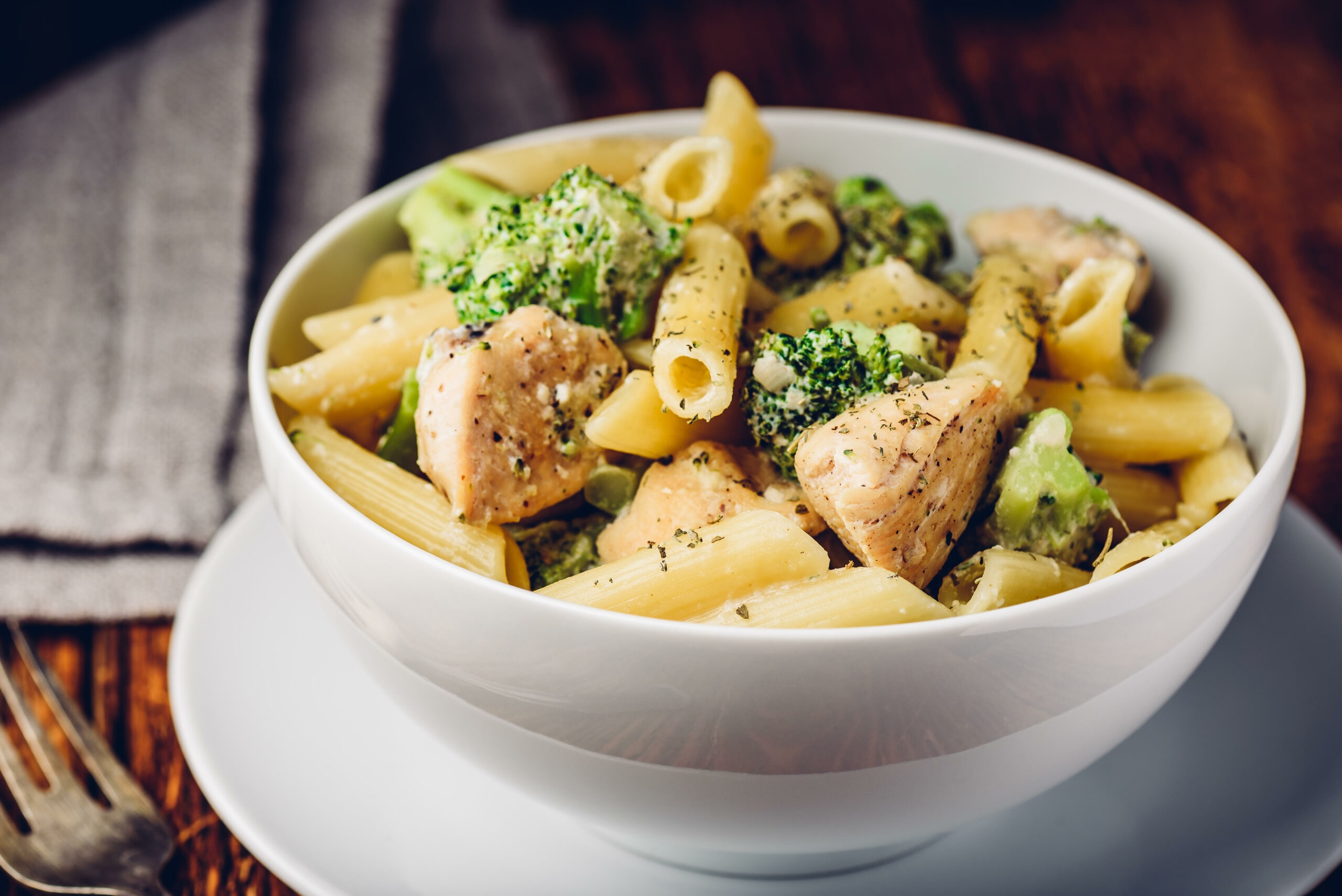 The surprising amount of hidden nutrients in a bowl helps answer is pasta healthy (Credit: Alamy/Vsevolod Belousov)
The surprising amount of hidden nutrients in a bowl helps answer is pasta healthy (Credit: Alamy/Vsevolod Belousov)
6. Mineral content
Even if you don’t opt for whole-grain, pasta does still have some hidden health benefits. In addition to fibre, pasta also includes key vitamins and minerals, some in surprisingly high quantity.
For instance, according to the BBC, pasta includes significant levels of “calcium, magnesium, iron and zinc, as well as B vitamins”. Even without wheat germ, there’s a lot more to a pasta bowl than meets the eye.
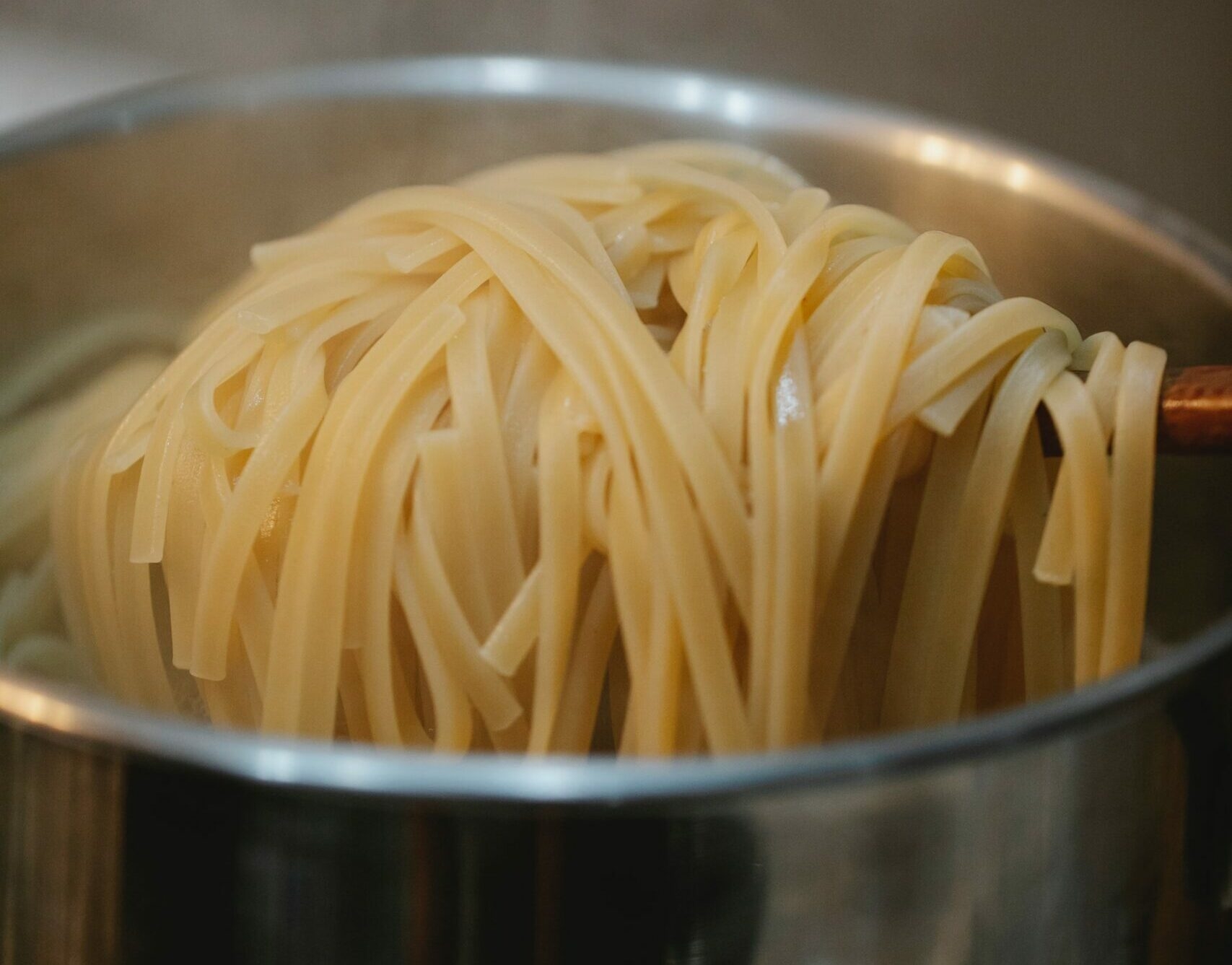 Reheating pasta can actually make it more healthy (Credit: Pexels)
Reheating pasta can actually make it more healthy (Credit: Pexels)
7. Resistant starch
Interestingly, pasta can have different health benefits depending on how it’s cooked and eaten. For example, the BBC reports that cooked and then reheated pasta is actually better for you due to its transformation into resistant starch.
According to research from Doctor Denise Robertson, cooked-then-cooled pasta actually acts more like fibre that starch. This means it causes a lower sugar spike and that you absorb fewer calories from eating the same amount of pasta.
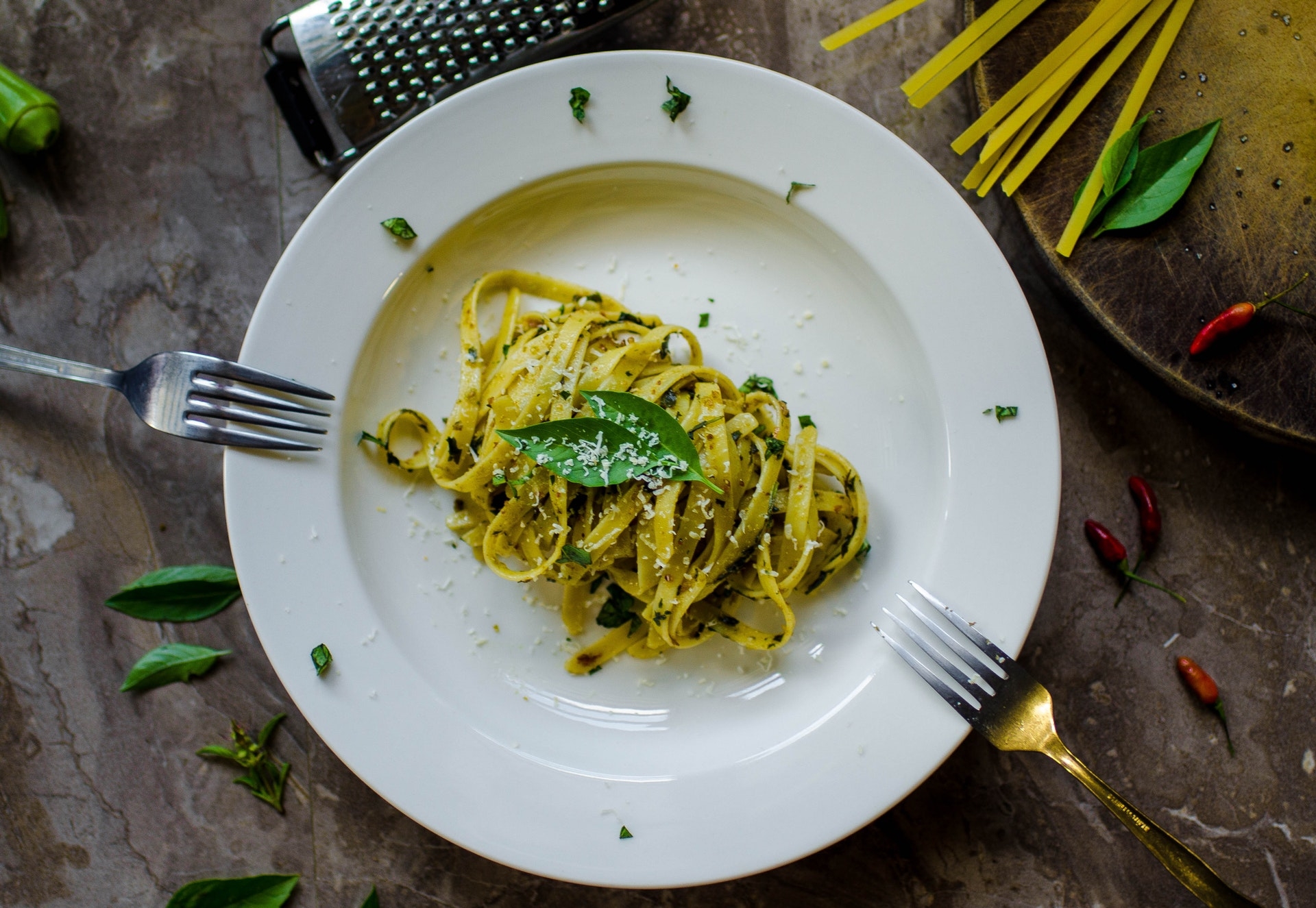 Pasta has a low glycemic index (Credit: Pexels)
Pasta has a low glycemic index (Credit: Pexels)
8. Low GI
Although cooking and reheating pasta means you absorb fewer calories, there is evidence that pasta is already pretty good at regulating the amount of sugar entering your bloodstream.
Per WebMD, pasta has a low Glycemic Index, meaning that it’s sugars enter the bloodstream more slowly. Evidence suggest that low GI foods can prevent diabetes and obesity.
READ MORE: Pasta dishes that aren’t Italian – A Twisted guide
Clearly going full Garfield and eating an entire lasagne yourself every evening isn’t going to get you in your GP’s good graces.
However, there is plenty of evidence to suggest that pasta does have some surprising health benefits. While it might not have the health credentials of a stick of celery, it’s nonetheless reassuring that tasty food isn’t always as bad as it seems.

